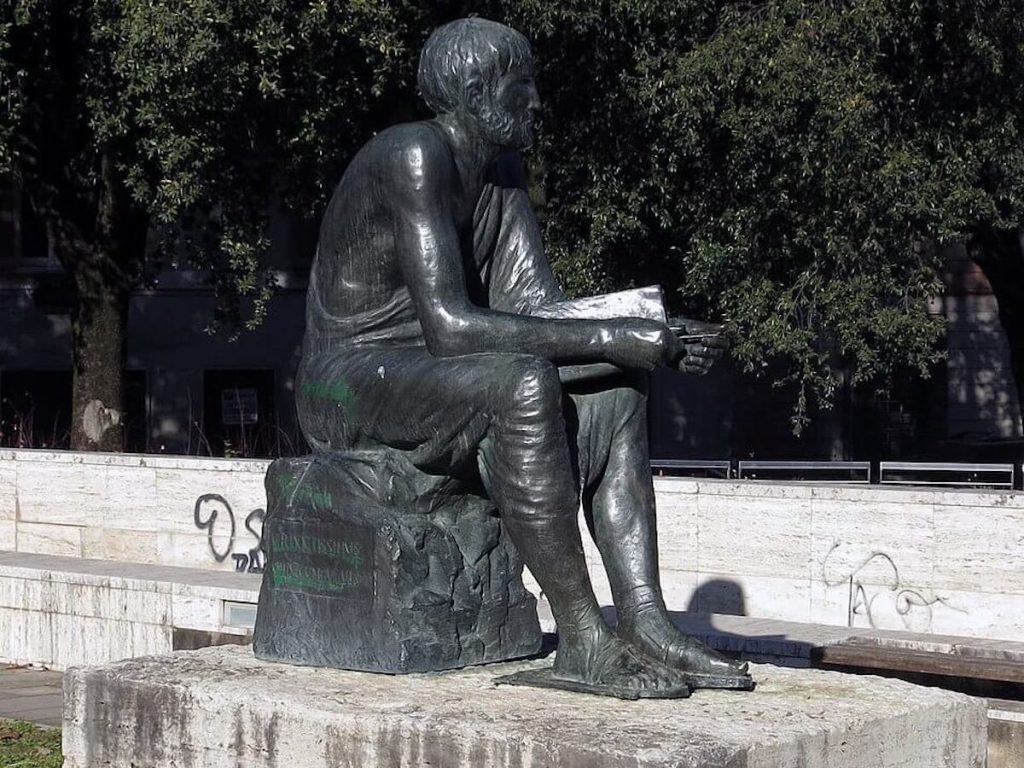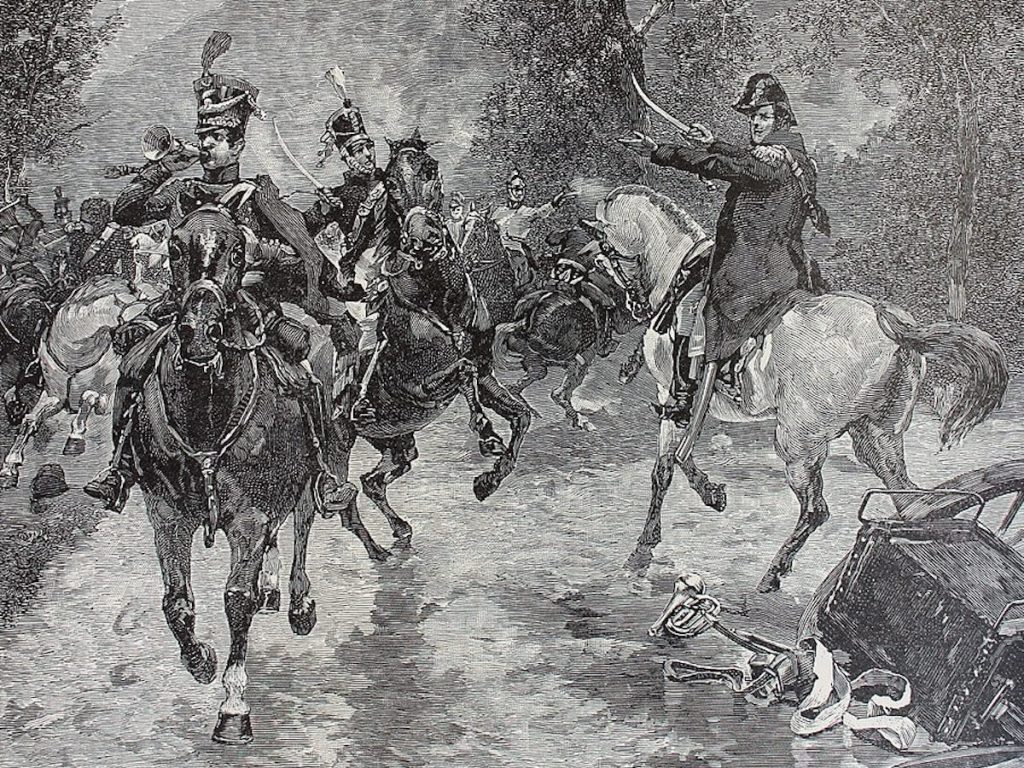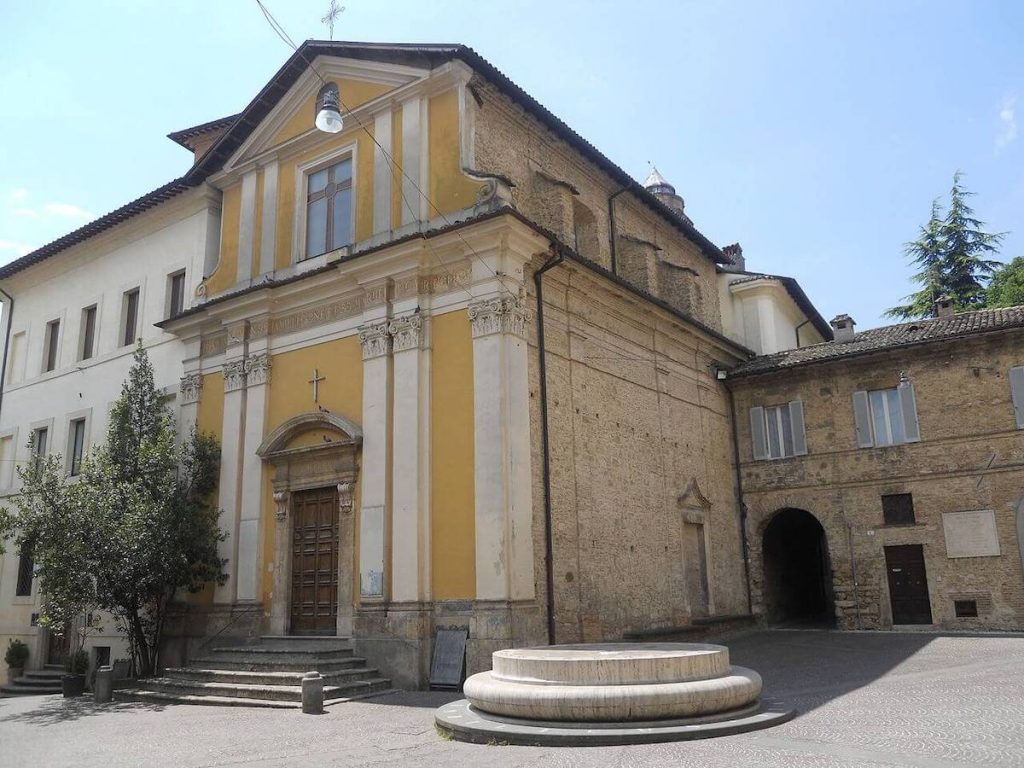Rieti is a city of millennial history whose foundation is lost in the mists of time. Always linked to Roma, since the times of Romulus, it was also the papal seat and hosted great personalities, religious and not, from Saint Francis a Giuseppe Garibaldi. Navel of Italy (due to its geographical position), the city has a lot to offer its visitors, who can make a journey from the ancient age to the contemporary only by walking through its streets and squares.
History of Rieti, from its origins to the Middle Ages
According to legend, she was the goddess Sale to found Rieti (the ancient name was in fact Offenses). According to others, the name is due to Rhea Silvia, mother of Romulus e Remo , who was buried alive there. Although the territories were already inhabited in prehistoric times, the city grew in importance thanks to the Sabini. This people, famous for the "rape of the Sabine women"And for two of the seven kings of Rome (Numa Pompilius e Anco Marzio), was completely subjected to Roma in 290 BC. thanks to the consul Manius curius dentate. He is responsible for the reclamation of the Lacus Velinus which gave birth to the Rieti plain. However, the link between Rieti and Rome was strong. This can be seen, for example, from Roman vestiges on the stretch of the salaria (the old salt road) at the entrance to the city. Also the Roman poet Marcus Terentius Varro was born in Rieti in 116 BC (for this called "il Rieti").

La Christianization of Rieti began in XNUMXst century AD, but only in XNUMXth century (High Middle age), the city had its first diocese. Towards the end of Five hundred then, the city became part of the Duchy of Spoleto. In 1149 Rieti was destroyed by the siege from Roger II the Norman and, in 1189 became common Guelph, protected by the papal state. During Thirteenth century the walls. In addition, the city became a papal seat, hosting the popes Innocent III, Honorius III, Gregory IX, Nicholas IV e Boniface VIII. He also stayed in Rieti for a long time San Francesco d'Assisi. In 1223 a Greccio (a few kilometers from Rieti), Francesco had the first living nativity scene of the story, but the definitive drafting of the Franciscan rule. The papal presence made the city grow exponentially. This remained there until Avignonese captivity.
The navel of Italy in the modern age
After a few centuries in which it was dominated by noble families (for example i Cecco Alfani), during the Kingdom of Italy Napoleonic (1805-1814), Rieti was part of the District of Rome. In 1816, following Restoration, the city returned part of the State of the Church. Five years later, the city was fought first battle of the Risorgimento (Rieti-Antrodoco), among the Austrian army of the General Frimont and the general's troops William Pepper. In 1849 they stayed in Rieti for three months Giuseppe Garibaldi and his wife Anita for the recruitment of red shirts. The city decided to join the Kingdom of Italy already in 1860, becoming the capital of District of the Province Umbra (being part of the province of Perugia).

In 1923, Durante it twenty years of fascism, Rieti passed to the province of Rome and, in the four years later it became the provincial capital. This, combined with the presence ofsugar industry (the first in Italy, founded in 1873) and the birth of the Supertextile (founded in 1928), contributed to the development of Rieti. After the dark period of the Second World War the industrialization and growth of the city continued from the 70s onwards, however slowing to a halt as early as the XNUMXs.
What to see in Rieti
Rieti is not just one rich city of Story. It has another peculiarity, which makes it unique in its kind. In fact, in the city there would be the exact center of Italy (also called theNavel of Italy), located in Piazza San Rufo. In addition to the charming historic center, the Roman / medieval walls, But also the Roman bridge, now reduced to ruins just outside the city. Among the most important places of religious interest in Rieti are the Basilica of Santa Maria Assunta, the church of San Domenico (built after the canonization of San Domenico), the Romanesque-Gothic church of Saint Francis, without forgetting the Franciscan sanctuaries, such as the Sanctuary of Greccio (near Rieti). Other historic buildings in Rieti are the Episcopal palace (Papal), the governament Palace and Flavio Vespasiano Theater, built in 1893.

During the month of April, since 1991, the theater hosts the Rieti Dance Festival. It is an event dedicated to various types of dance, from classical, to pas de deux, to modern and contemporary. Still on a musical theme, every autumn Rieti organizes the Offenses Festival, an international event dedicated to music of every era and style. Finally, if you visit the city at the end of July you will no longer miss it Feast of the Sun and Palio of the Tinozza, which takes place on the Velino river.
What to eat in Rieti, the typical dishes of the Navel of Italy
Stopping in Rieti also means trying the typical dishes of the local tradition. Among these can not miss the various types of pasta, such as Reatina shit, the pinching and strengozzi. The first are lasagna from the rhomboid cut, the latter are made with the bread dough (they are called this because the pasta was pinched and thrown into boiling water), while the thirds are a type of long pasta, also typical of the Umbrian tradition. As for the latter, in Rieti they are typical sardamirell, that is flavored casings obtained from the large and small intestine of the pig. If you want to taste the typical sweets of Rieti, you can not try the death Bean (typical of all saints), the mimosa cake (invented in Rieti), the Easter Pizza and Rieti-style triplets.

From the Roman walls, to the palaces fromgothic architecture, Rieti is one of the little big jewels of our country. The famous "Navel of Italy" is a city that once discovered, it remains in the memory and in the heart, not only for its history and its places, but also for the hospitality towards those who visit it and for its flavors.
Featured photo: © Alessandro Blasi - Wikimedia Commons (CC BY 2.0).





